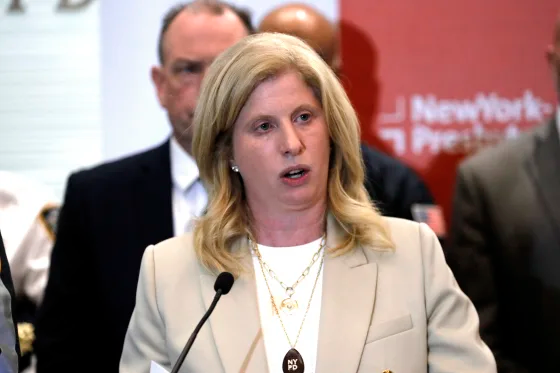
SpaceX Starship Experiences In-Flight Breakup During Ninth Test Flight
SpaceX conducted its ninth Starship demonstration flight on Tuesday evening from Starbase, the company’s launch facility in southern Texas, where residents recently voted to incorporate as an official city.
The 403-foot rocket successfully lifted off but did not achieve its primary mission objectives when the spacecraft lost control and broke apart during flight.
Following two previous test flights that ended in explosions, SpaceX aimed to deploy mock satellites after liftoff. This objective was not completed due to a malfunction in the payload bay door that prevented it from fully opening.
The spacecraft subsequently entered an uncontrolled spin while traveling toward a planned landing zone in the Indian Ocean.
SpaceX confirmed the spacecraft experienced what the company terms “rapid unscheduled disassembly,” meaning it broke apart in flight.
“Teams will continue to review data and work toward our next flight test,” SpaceX stated in an official release.
CEO Elon Musk characterized the flight as a “big improvement” compared to the two previous demonstrations, which resulted in debris falling over the Atlantic Ocean.
Despite the setback, Musk announced plans to accelerate the launch schedule, with Starship flights planned every three to four weeks for the next three missions.
This marked the first flight of a Starship spacecraft using a previously flown booster rocket.
The mission plan did not include attempting to catch the booster with the launch tower’s mechanical arms; instead, it tested the booster’s operational limits.
Communication with the booster was lost during flight, and it impacted the Gulf of Mexico in fragments while the spacecraft continued toward the Indian Ocean.
The spacecraft’s loss of control appeared to result from fuel system leaks.
SpaceX flight commentator Dan Huot noted during the webcast, “Not looking great with a lot of our on-orbit objectives for today.”
The company intended to test the spacecraft’s heat shield system during a controlled atmospheric reentry.
Communications with the spacecraft ceased before its planned ocean impact, prompting SpaceX to conclude its live broadcast.
The two previous Starship test flights did not progress beyond the Caribbean region. Earlier demonstrations this year terminated within minutes of launch, with debris landing in ocean areas.
No injuries or significant property damage occurred, though airline operations experienced some disruption. The Federal Aviation Administration approved this flight last week, expanding safety zones and scheduling the launch outside peak commercial aviation periods.
SpaceX implemented various modifications for this test, including thermal tile improvements and installation of hardware designed for future spacecraft recovery operations.
While this spacecraft was designed for ocean disposal, the company tested components intended for capturing future vehicles at the launch site, similar to booster recovery procedures.
NASA requires SpaceX to demonstrate significant Starship progress over the next year, as the vehicle, described as the most powerful rocket ever constructed, is essential for returning astronauts to the lunar surface.
A planned 2025 mission will carry four astronauts around the moon without landing. Lunar surface operations are scheduled for 2027 at the earliest, requiring Starship to transport two astronauts from lunar orbit to the surface and return.


















Be the first to leave a comment